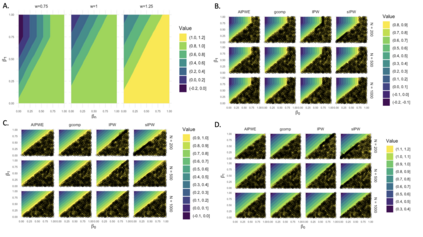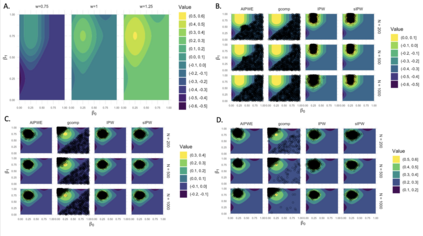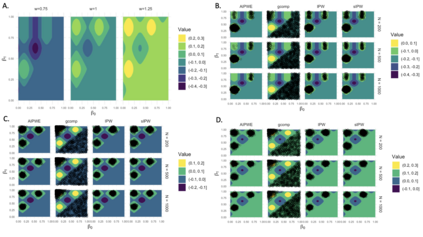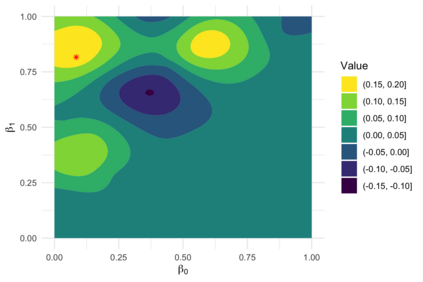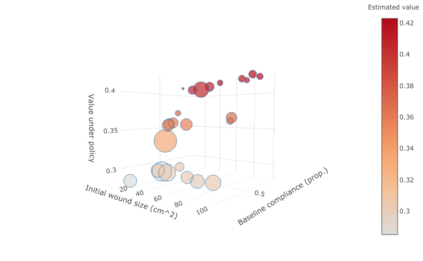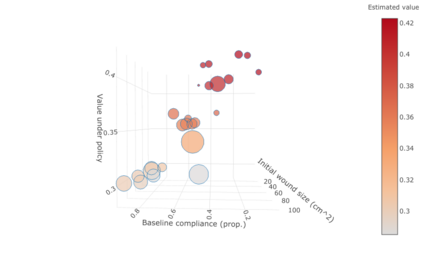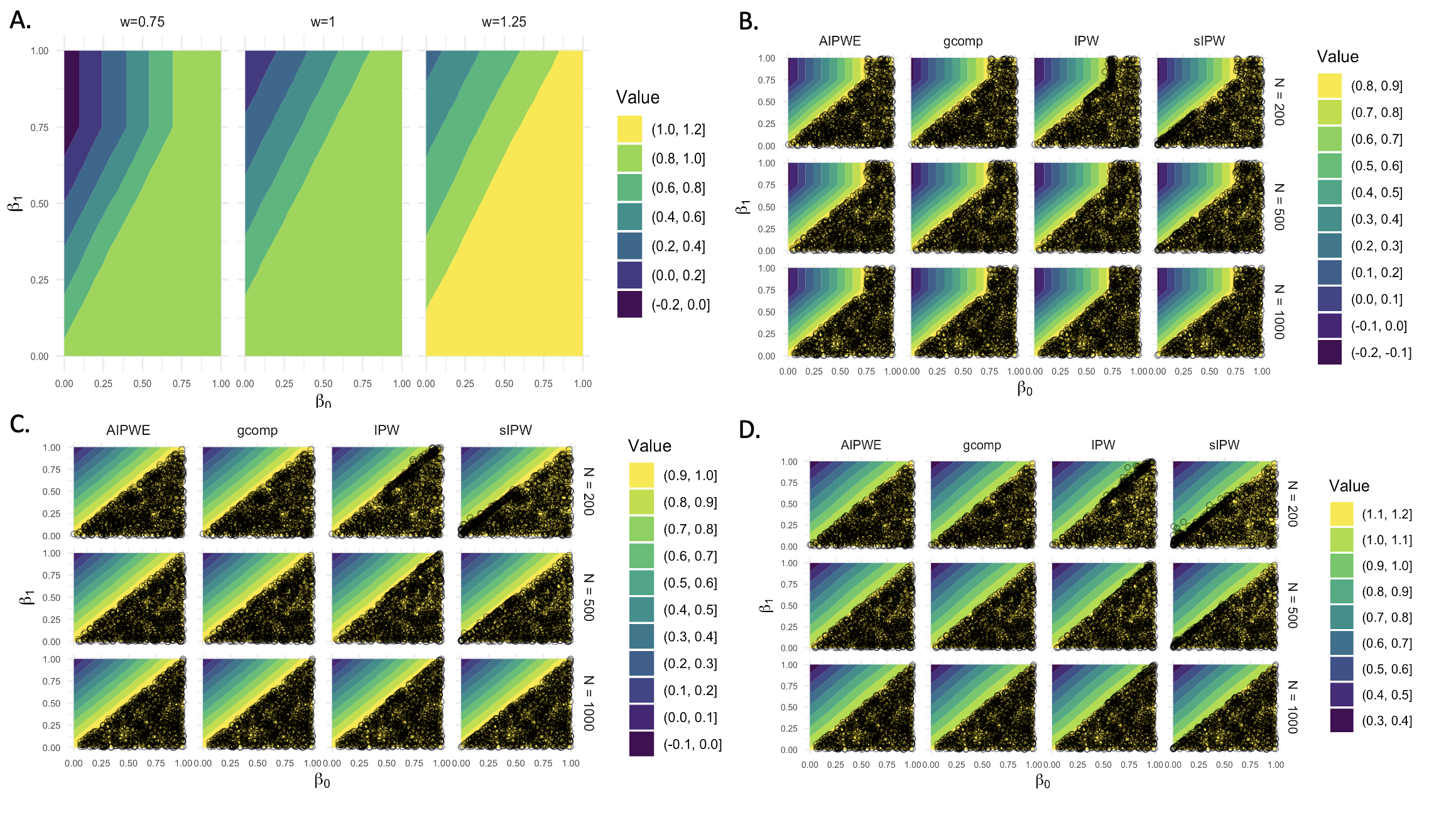Precision medicine is a promising framework for generating evidence to improve health and health care. Yet, a gap persists between the ever-growing number of statistical precision medicine strategies for evidence generation and implementation in real world clinical settings, and the strategies for closing this gap will likely be context dependent. In this paper, we consider the specific context of partial compliance to wound management among patients with peripheral artery disease. Through the use of a Gaussian process surrogate for the value function, we expand beyond the common precision medicine task of learning an optimal dynamic treatment regime to characterization of classes of dynamic treatment regimes and how those findings can be translated into clinical contexts.
翻译:精密医学是产生改善保健和保健的证据的很有希望的框架,然而,在现实世界临床环境中证据产生和实施的统计精密医学战略数量不断增加,与弥补这一差距的战略之间仍然存在着差距,这很可能取决于具体情况。在本文件中,我们考虑了部分遵守外围动脉疾病患者的伤口管理的具体背景。通过使用高斯进程替代价值功能,我们超越了共同的精密医学任务,即学习一种最佳的动态治疗制度,以描述各种动态治疗制度的特点,以及如何将这些结果转化为临床环境。

